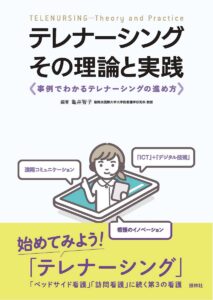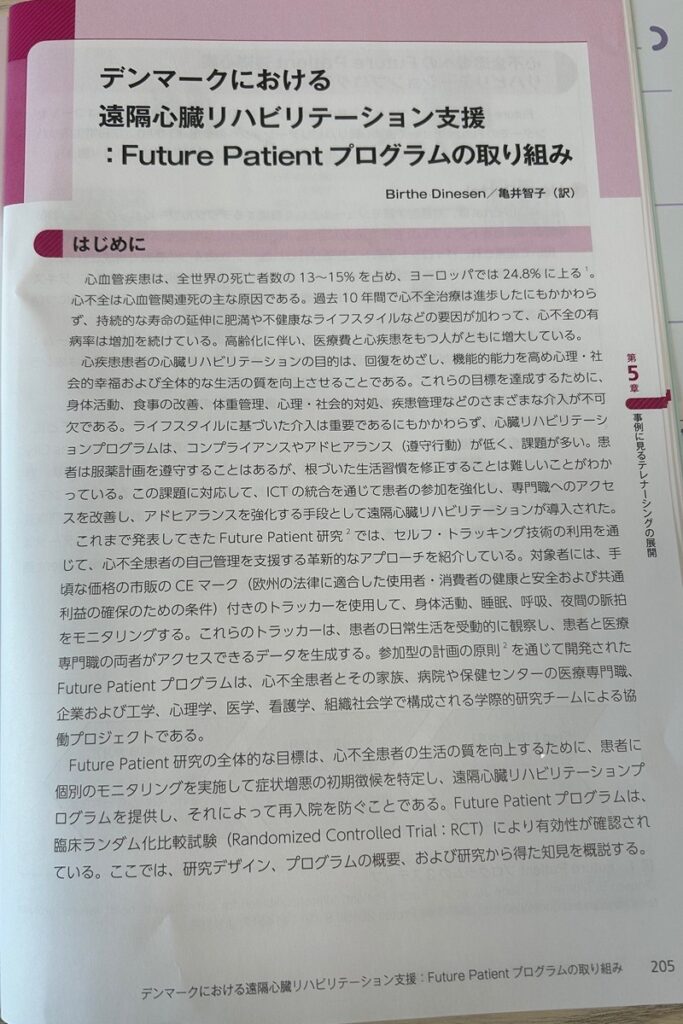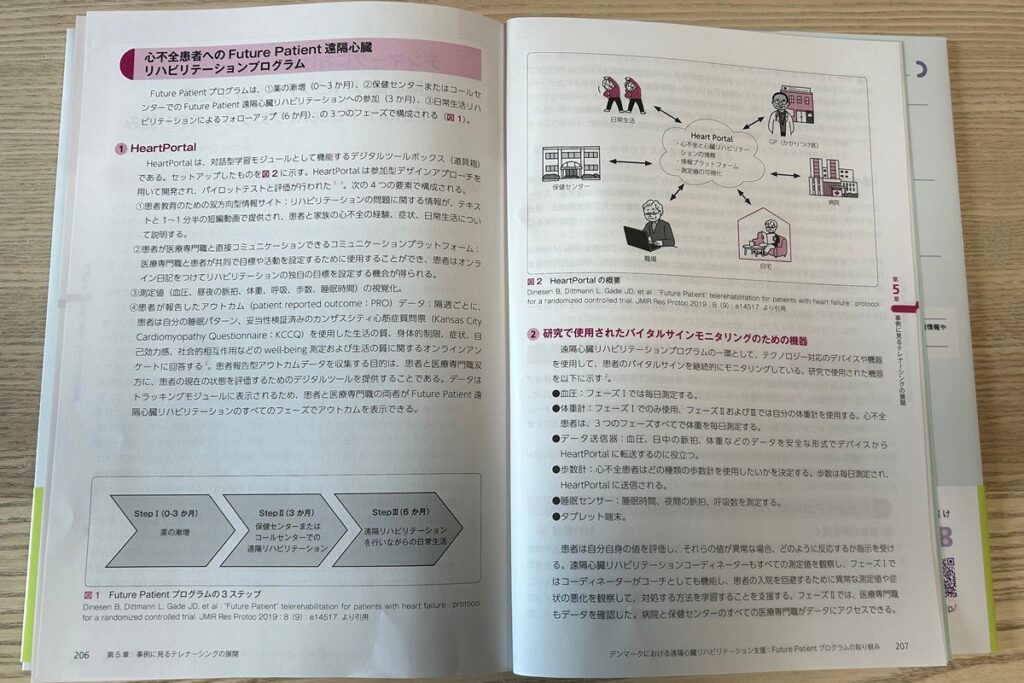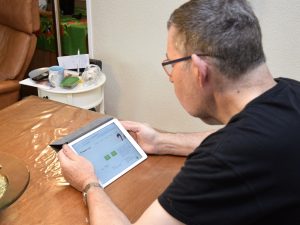Vi har nu fået publiceret en artikel om forskningsmetoden for projektet Future Patient – Telerehabilitering af patienter med atrieflimren:
Formålet med studiet er, at udforske om telerehabilitering giver en bedre livskvalitet og sygdomsforståelse hos borgere med atrieflimren og deres pårørende. Vi har gennemført et randomiseret forsøg med 208 patienter med atrieflimren.
Du kan læse mere om projektet her – det er støttet af Hjerteforeningen.






